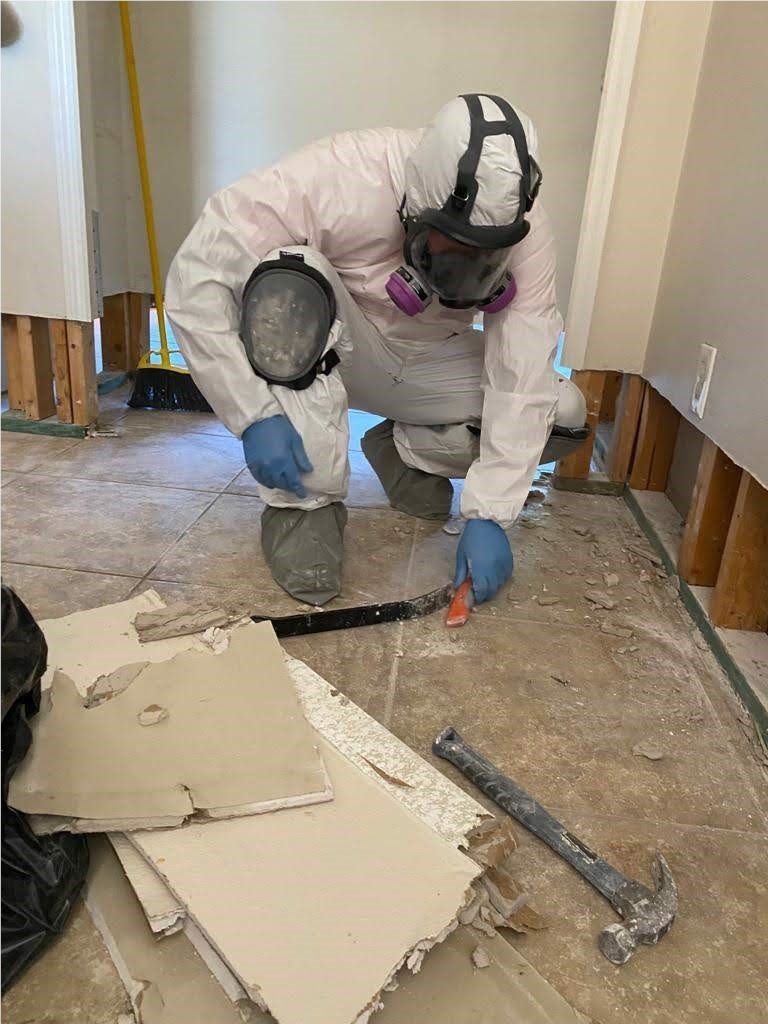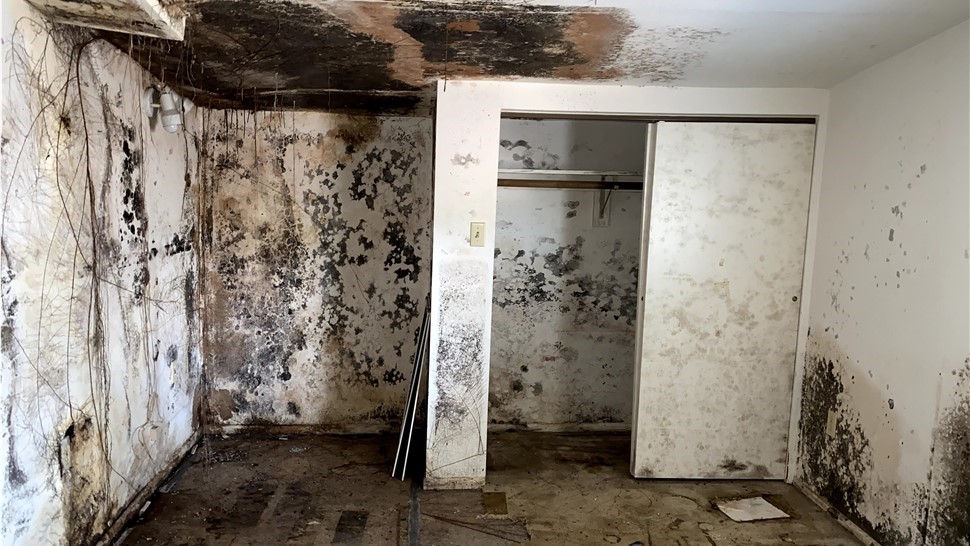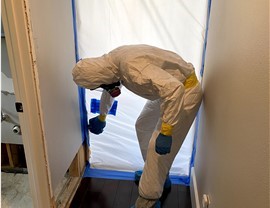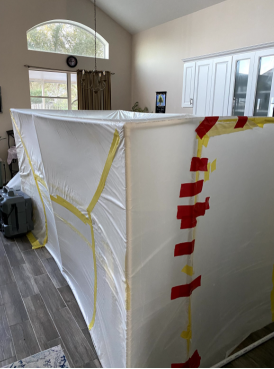The majority of modern houses are built upon cement slab foundation due to their fairly low cost, ease of construction, and unparalleled durability. Running through these slabs often times are plumbing lines, such as your sewer mains, water input lines, and many others. While this is generally a good way to protect these pipes from everything from root intrusion damage from being crushed to wear and tear from exposure to the elements, it is possible for these embedded pipes to develop cracks and leaks that can be truly devastating. Replacing a leaking pipe in your slab requires substantial foundation work that can take days or even weeks and cost thousands in added repairs.
That means it’s important to detect slab leaks early in order to get your water shut off and have the issue fixed quickly before it can deal any more serious damage than it has to. Here are a few fairly simple ways you can detect a slab leak and work to get it repaired.
Water Bill Spike
Sometimes you may have a slab leak that doesn’t actually intrude into your home, but that doesn’t mean you shouldn’t be worried about it. A slab leak is still a leak, and that means a lot of wasted water spilling out into the slab of your home, and spilling out into the water bill you’ll get at the end of the month. Slab leaks almost always are accompanied by a massive spike in your water bill, so don’t simply ignore a sudden surge as a one-off or anomaly; it’s usually an indicator of something far more serious.
Odd Water Pooling
Are you noticing water puddling up or pooling in places it doesn’t normally do so, especially if those places are near the walls of your home? This is usually because these are the first available places for water to be able to escape upward. If you’re noticing this phenomenon, check where the wall of your home meets the outside ground to see if water appears to be bubbling up from there. If so, you may be dealing with a slab leak.
Wet or Warping Floors
This is perhaps the most obvious sign of a slab leak: if there’s a spot on your floor that’s nowhere near the walls of your home, but is inexplicably damp or wet, then there’s probably a crack underneath that’s allowing water to spill into the floor. However, if this wet spot is near a wall, the question becomes a little less clear; the leak could be in the wall itself, which is a much easier repair. It may help to lift the flooring and check for any cracks beneath that could be where the water is bubbling up from.
Inexplicably Warm or Hot Spots on the Floor
This may be a lot tougher to notice with carpet, but if you notice a spot on your hardwood or tile floor that’s hot or warm for some reason, you may have a leak in a slab plumbing line leading from your water heater. The water itself may not necessarily be bubbling up and ruining your flooring, but you can definitely feel the evidence of the leak being there. This should also further corroborate another observation you may have in this instance: a water heater that seems to be constantly running.
Low Water Pressure
In order to maintain a constant, even water pressure, your plumbing lines must be free from leaks that can allow the pressure to escape. Therefore, when the pressure inexplicably drops, you may be experiencing a leak in a foundation plumbing line. The hard part is detecting where that leak is in order to fix it.
If your home has sustained serious damage as a result of flooding caused by a slab leak, call the Bradenton flood damage restoration experts from Flood Pros, USA today!
Tags
Subscribe to Flood Pros USA's Blog







Comments